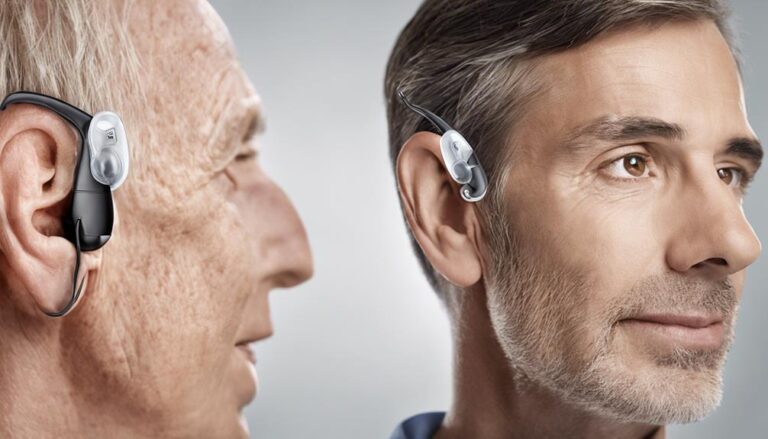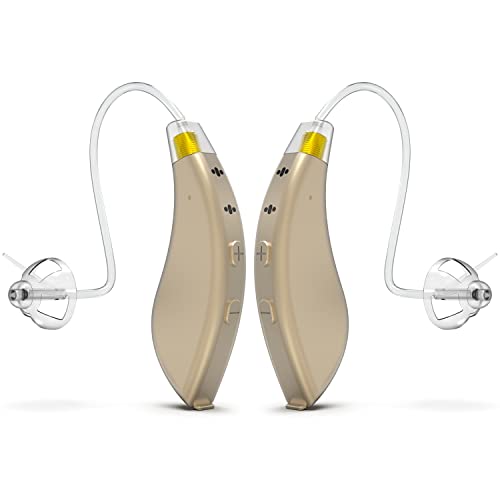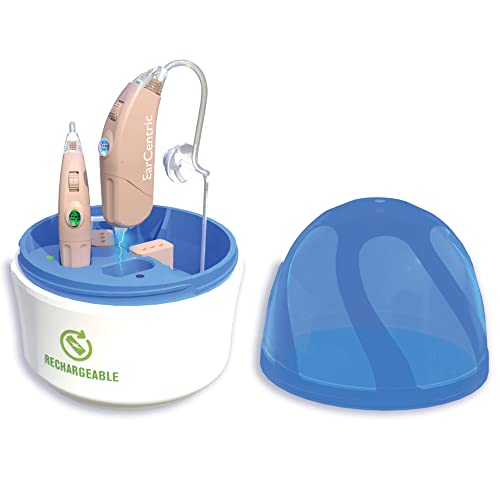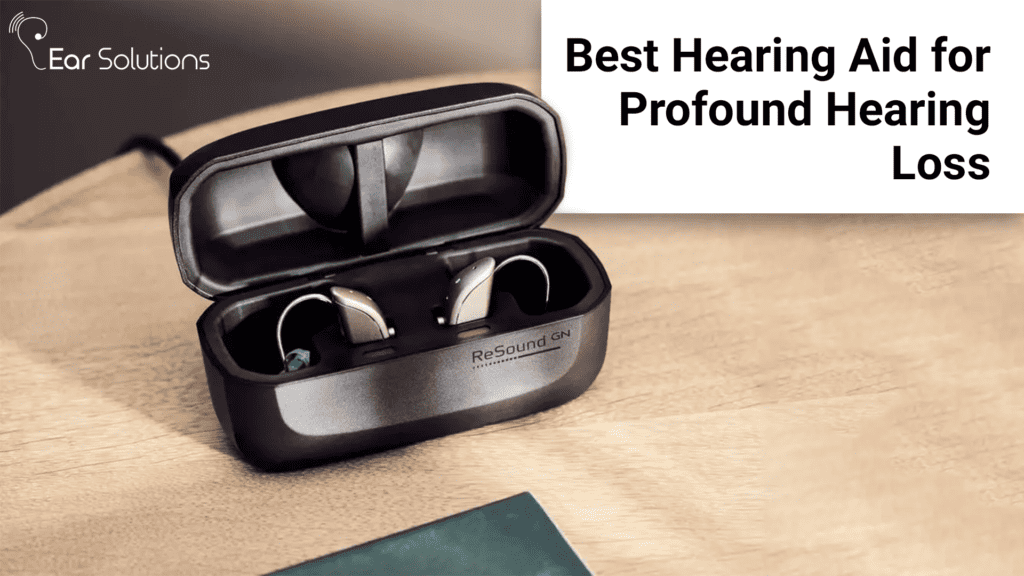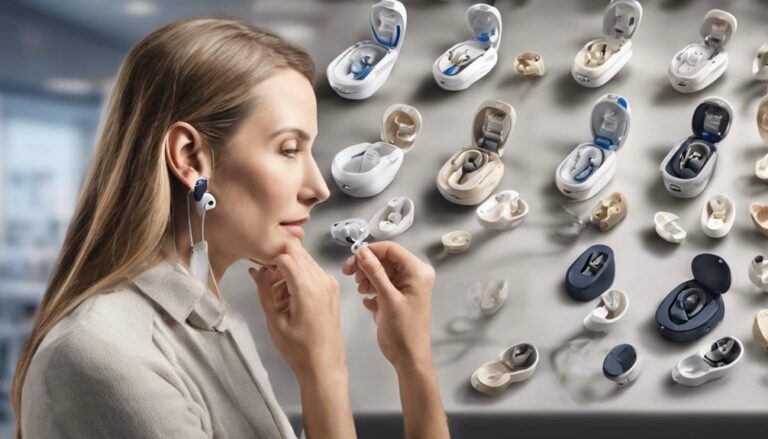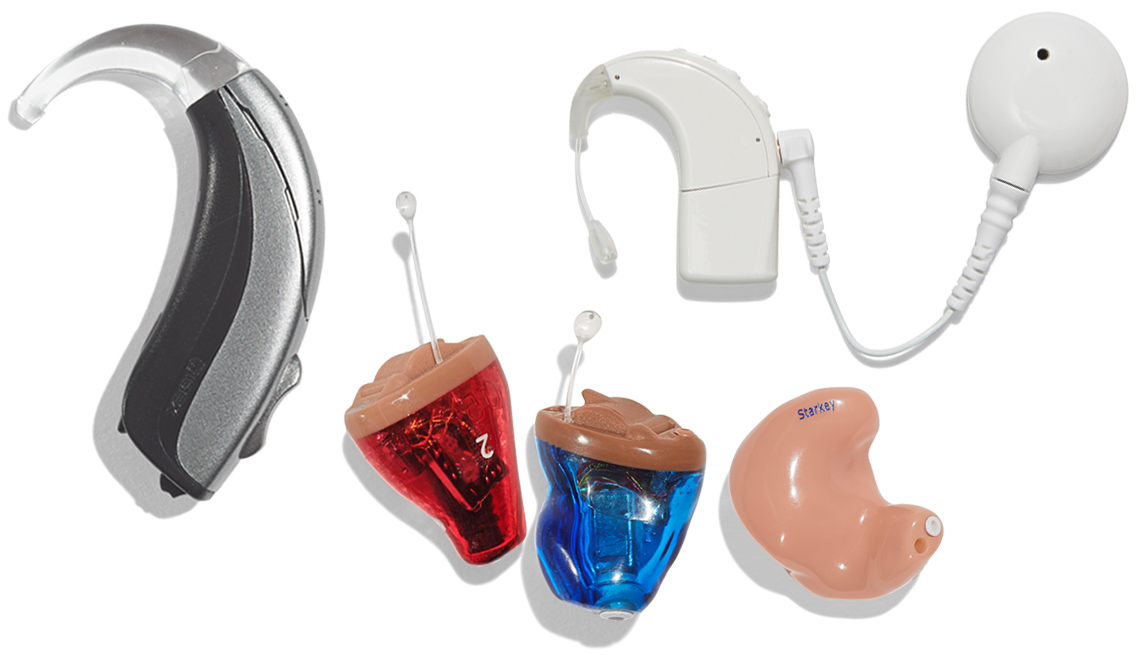What Is The Best Hearing Aid For High-frequency Loss
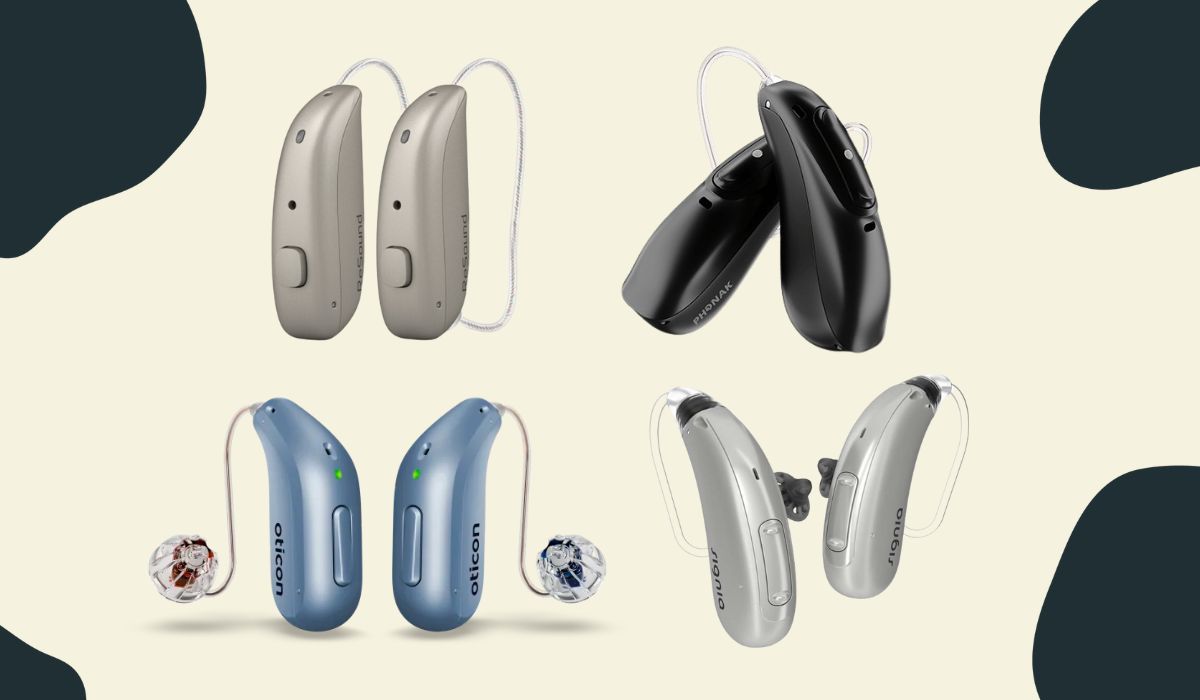
Urgent report: Millions suffer from high-frequency hearing loss, significantly impacting speech comprehension. Finding the right hearing aid is crucial for regaining clarity and improving quality of life.
This article cuts through the noise, delivering essential information about the best hearing aid options for those grappling with high-frequency hearing loss. We focus on proven technologies and features that deliver the most benefit, backed by expert recommendations and user feedback.
Understanding High-Frequency Hearing Loss
High-frequency hearing loss affects the ability to hear higher-pitched sounds. These sounds include speech components like s, f, th, and h, making conversations difficult, especially in noisy environments.
Untreated, it can lead to social isolation and cognitive decline, underscoring the importance of timely intervention.
According to the National Institute on Deafness and Other Communication Disorders (NIDCD), approximately 25% of adults aged 65 to 74 have hearing loss, with high-frequency loss being a common type.
Key Features to Look For
When selecting a hearing aid for high-frequency hearing loss, several features are critical.
These include frequency shaping, noise reduction, directional microphones, and feedback cancellation.
Frequency shaping amplifies specific high-frequency ranges to compensate for the loss.
Frequency Shaping and Amplification
Advanced algorithms precisely target the frequencies where hearing is most compromised.
This targeted amplification is crucial for restoring audibility of speech sounds and environmental cues.
Look for hearing aids that offer customizable frequency shaping to tailor the amplification to your specific hearing profile.
Noise Reduction and Directional Microphones
Noise reduction technology minimizes background noise, making speech clearer in challenging environments.
Directional microphones focus on sounds coming from in front of the wearer, reducing distractions from the sides and behind.
These features are particularly important for individuals with high-frequency hearing loss, who often struggle to understand speech in noisy situations.
Feedback Cancellation
Feedback, the annoying whistling sound, can be a major problem with hearing aids, especially at high frequencies.
Effective feedback cancellation systems are essential for comfortable and discreet hearing.
Modern hearing aids use sophisticated algorithms to detect and suppress feedback before it becomes audible.
Top Hearing Aid Styles for High-Frequency Loss
Several hearing aid styles can effectively address high-frequency hearing loss.
Receiver-in-canal (RIC) and Behind-the-ear (BTE) models are often recommended due to their ability to deliver powerful amplification and advanced features.
Custom-molded options like in-the-ear (ITE) and in-the-canal (ITC) can also be suitable depending on the degree of hearing loss and individual preferences.
Receiver-in-Canal (RIC) Hearing Aids
RIC hearing aids are discreet and comfortable, with the receiver placed directly in the ear canal.
This design allows for a more natural sound quality and reduces the occlusion effect, which can make the wearer's voice sound boomy.
RIC hearing aids are particularly well-suited for mild to moderate high-frequency hearing loss.
Behind-the-Ear (BTE) Hearing Aids
BTE hearing aids sit behind the ear and are connected to a custom earmold that fits inside the ear canal.
They offer powerful amplification and are suitable for a wider range of hearing losses, including more severe high-frequency loss.
BTE models often have larger batteries, providing longer battery life.
Notable Hearing Aid Brands and Models
Several leading hearing aid manufacturers offer excellent options for high-frequency hearing loss.
Brands like Phonak, Oticon, Signia, and Starkey are known for their advanced technology and innovative features.
Specific models like the Phonak Paradise, Oticon More, and Signia AX are frequently cited as top performers in addressing high-frequency loss.
Phonak Paradise
The Phonak Paradise features AutoSense OS 4.0, which automatically adapts to different listening environments.
It also offers excellent speech enhancement and noise reduction capabilities.
Users report improved speech understanding and a more natural listening experience.
Oticon More
Oticon More uses a BrainHearing approach, which supports the brain's natural way of processing sound.
It provides access to more sound information, improving speech understanding and reducing listening effort.
The device is lauded for its sound quality and ability to create a richer, more detailed soundscape.
Signia AX
The Signia AX platform utilizes Augmented Xperience technology to separate speech from background noise.
This delivers exceptional speech clarity even in challenging listening situations.
It's celebrated for its ability to dramatically improve speech perception and reduce listening fatigue.
What To Do Next
The first step is to consult with a qualified audiologist for a comprehensive hearing evaluation.
This evaluation will determine the degree and type of hearing loss and help identify the most appropriate hearing aid solution.
Don't delay – early intervention is key to preserving hearing and maintaining a high quality of life.


